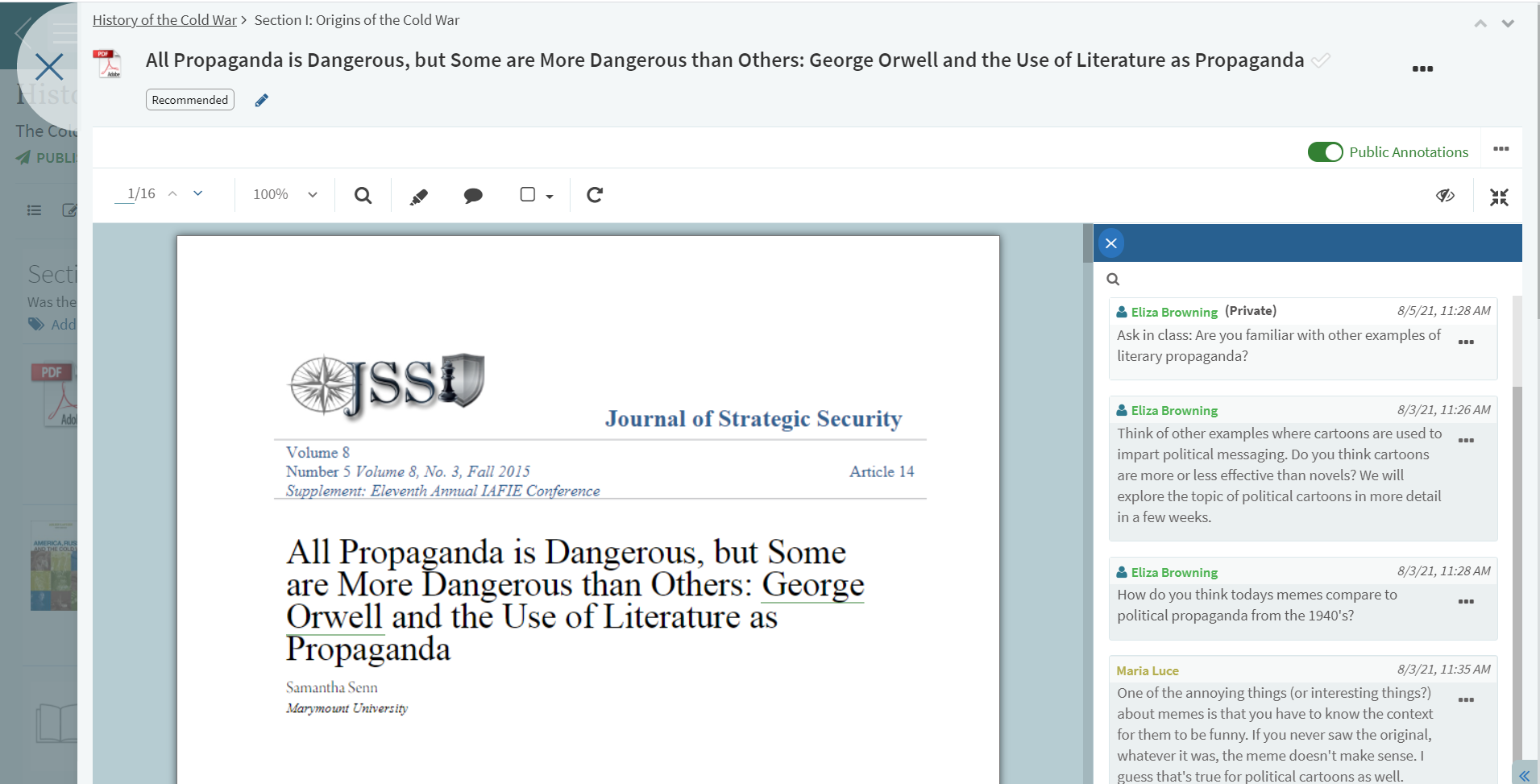A few weeks ago, many people believed that we were emerging from the pandemic. We prepared for a return to the office, the classroom, and in-person gatherings. However, as the guidance and recommendations shift, why should our course planning be any different?
There are a myriad of reasons to plan for classroom flexibility this year:
- New pandemic recommendations or restrictions that could necessitate changes to your in-person plans
- Your health, your family’s health and/or caregiving responsibilities
- Your students’ health, their family’s health and/or caregiving responsibilities
- Inclusion and equity for all students and best practices for teaching and learning
Below are recommendations to help you build-in and plan for flexibility in your courses, whether they are online, in-person, or blended.
Course Design
Good course design and the principles of Universal Design for Learning require that a course be well-organized so that students can quickly find information and resources to support their learning. If you haven’t already, consider:
- Including a Getting Started module for student support. Import this pre-made module from Canvas Commons. This module includes a wealth of information and student support resources, such as links to Tommie Tech Services, Zoom Support, and other Academic and Student Support Services. This module also includes a course Q & A forum where students can post questions for you or their peers to answer.
- Adding more to your course syllabus, such as a checklist for student attendance and communication expectations. For example, if a student cannot attend class in-person, they should email you as soon as possible. When hosting classes on Zoom, you should include your Zoom expectations (cameras on, breakout room participation, etc.)
- Providing a course cadence statement to your syllabus or the Canvas course, if applicable. For example, “Each module for the following week will be published on Friday. By Wednesday of each week, you should plan to have the reading completed and submit your initial discussion post. On Thursday, come to class prepared to discuss the reading. All Reflection Essay assignments will be due on Fridays at 11:59 pm CST.”
- Recording your lectures. If possible, having your lectures pre-recorded allows for more flexibility in your classes. It is best practice to record lectures in segments of 10 minutes or less for ease of editing and student engagement. If you suddenly need to pivot online, your material is ready to be deployed to students. Additionally, students can pause or re-watch lectures as needed. You can also add interactive elements to your video lectures (such as quick quiz questions to check understanding) and view analytics. In addition, it’s useful to have your lectures pre-recorded for absent students so they don’t fall behind.
- Creating accessible activities that serve all learners.
Course Instruction
Plan to build-in flexibility during your live, in-person or Zoom course sessions and be sure to plan for technology to fail at the most inopportune moment. If you haven’t done so yet, consider:
- Practicing on Zoom. Before the class session, practice on Zoom using your planned technology. Practice sharing your screen, calling up any documents or presentations, initiating breakout rooms, posting in the chat, any transitions, etc.
- Creating a collaborative document. By creating and sharing a collaborative document before class, you and your students can have a place to post links, catch notes, record questions or comments, and communicate if there is a last-minute change.
- Planning for intentional social interaction. Establishing a classroom community early can pay dividends later if you need to suddenly pivot to a different modality.
- Communicating on Canvas by making frequent use of announcements and posting lectures, notes, or resources in the appropriate module.
- Trying a new tool to facilitate asynchronous time outside of class. There are numerous tools to drive student asynchronous engagement such as video interactives, online posters or white boards (Padlet, Miro, Mural, Google Suite).
- Technology failures. Technology can and will fail in the classroom. Have an action plan to overcome technology issues. Some actions could be:
- Try turning it off and on again
- Try a different web browser
- Use Canvas to post an announcement or upload an activity or discussion post
- Get help – Tommie Tech Services (Services.stthomas.edu) includes Innovation and Technology Services (ITS) team help via phone, drop in, remote, and email support.
Overall, the best laid course plans can go awry and planning for flexibility will offer you and your students more options for learning and lead to a more seamless experience.
This post was written by Kathryn Russell, Instructional Designer with the St. Thomas E-Learning and Research (STELAR) Center at the University of St. Thomas in St. Paul, Minn. To learn more about what STELAR can do for you, please visit STELAR’s website or email us at stelar@stthomas.edu.
